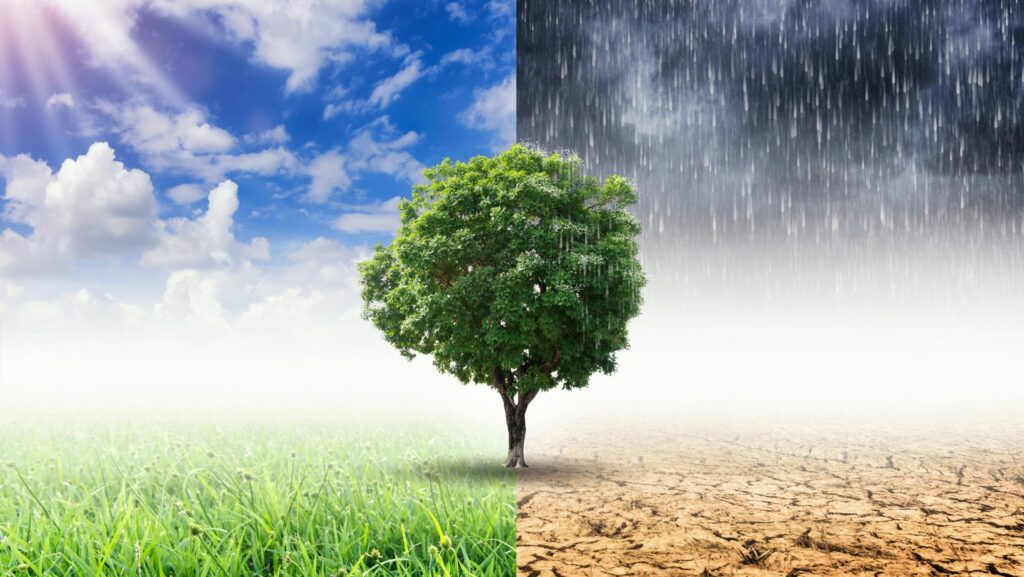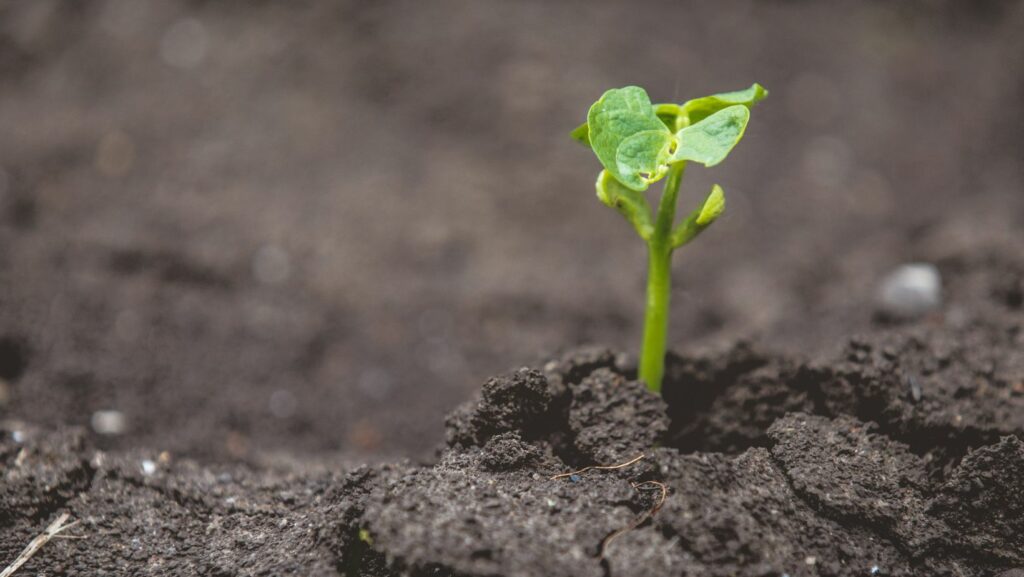How Climate Change Altering Your Life
Climate change is happening all around us, and it’s happening faster than ever before. But what exactly is causing climate change? Let’s take a look at the science behind climate change.
The Greenhouse Effect
The greenhouse effect is one of the main causes of climate change. It happens when greenhouse gases, like water vapor, carbon dioxide, methane, and nitrous oxide, trap heat in Earth’s atmosphere. This trapped heat makes the planet’s average temperature rise.
Greenhouse gases form a “blanket” around Earth that trap energy from the sun. This trapped energy makes the Earth’s atmosphere warm, and disturbs the Earth’s climate. It is called the greenhouse effect because a greenhouse works in a similar way. Glass or plastic walls allow sunlight to pass through, but they prevent heat from escaping. So the inside of a greenhouse stays warm even though it may be cold outside.

The main greenhouse gas is water vapor, which plays an important role in keeping Earth warm enough for life to exist. Other important greenhouse gases include carbon dioxide, methane, and nitrous oxide. Greenhouse gases occur naturally as well as from human activities such as burning fossil fuels, cutting down forests, and raising livestock.
The Sun’s Changing Activity
The sun is the ultimate source of energy for our planet. Its energy drives the Earth’s weather and climate, and life itself could not exist without it.
Despite its importance, there is still much we do not understand about the sun and how it affects our climate. However, there is evidence that changes in the sun’s activity can influence the Earth’s climate. For example, records of sunspots (dark areas on the sun’s surface) show that over the past 300 years, there have been times when the sun was more active than others. These periods of increased activity are known as solar maxima, and they tend to be followed by periods of reduced activity, called solar minima.
Changes in the sun’s activity can affect both regional and global climate. For example, during a solar maximum, there may be more frequent and intense spells of bad weather in some parts of the world. On a global scale, a period of increased solar activity can lead to a small increase in average global temperatures. This is because more energy from the sun reaches the Earth during these times. However, it is important to note that other factors such as greenhouse gases are also influencing our climate.
How Climate Change Is Affecting Our Weather
The media is awash with apocalyptic predictions of how climate change will cause weather patterns to become more extreme. droughts will become longer and more intense, floods will be more frequent, heat waves will become more common and hurricanes will become more destructive.
More Extreme Weather Events
As the world continues to warm, we are seeing an increase in extreme weather events. These events are becoming more frequent, more intense and more costly.
According to the National Oceanic and Atmospheric Administration (NOAA), the number of billion-dollar weather and climate disasters has nearly quadrupled since 1980. From 1980 to 2019, there have been 227 billion-dollar disasters in the United States alone. The cost of these disasters is also rising, from an average of $6.2 billion per year in the 1980s to $44.6 billion per year in the 2010s (in inflation-adjusted 2018 dollars).
Climate change is a major contributor to this increase in extreme weather events. As the world warms, we see more heat waves, more intense storms and more heavy precipitation events. Warmer temperatures also lead to longer wildfire seasons and more destructive fires. Along with the increasing frequency and severity of these events, we are also seeing new types of extreme weather that we have not seen before.
Changes In Precipitation
Climate change is expected to cause marked changes in precipitation patterns around the world. In general, areas that are currently dry are expected to become even drier, while areas that receive a lot of precipitation are expected to experience more extreme precipitation events (heavy rainfalls and/or snowfalls).

There is strong evidence that human-caused climate change is responsible for the increased frequency and severity of many types of extreme weather events, including heat waves, floods, droughts, and hurricanes. As the Earth’s climate continues to warm in response to increasing concentrations of greenhouse gases in the atmosphere, we can expect these types of events to become even more common and intense.
Shifting Seasons
As the world continues to warm, the seasons are changing. Winters are shorter and milder, while summers are longer and hotter. This can be a major problem for plants and animals that have evolved to live in specific conditions during certain times of year. For example, many plants rely on cool temperatures and snowy winters to help them dormancy, grow and produce fruit. If winters become warmer and shorter, it can disrupt this process and throw off the entire growing season.
How Climate Change Is Affecting Our Planet
Climate change is one of the most pressing issues of our time. It is essential that we understand how climate change is affecting our planet and what we can do to mitigate its effects. Climate change is a complex phenomenon with a wide range of potential impacts. In this article, we will explore the science of climate change and its implications for our planet.
Melting Glaciers
Melting glaciers are one of the most visible and well-documented signs of climate change. glaciers are huge masses of ice that have been packed together over many years. they can be found in mountainous regions around the world, including the himalayas, the andes, and the rockies.
glaciers form when snow accumulates over time and turns into ice. as more snow falls and compactness, the lower layers of snow turn into ice as well. over time, these layers turn into thick sheets of ice that can flow slowly down mountainsides.
as global temperatures rise, glaciers are melting at an accelerating pace. this has a number of consequences for the planet, including rising sea levels, extreme weather events, and disruption to local ecosystems.
Rising Sea Levels
Sea level rise is one of the most visible and direct impacts of climate change. As global temperatures warm, ice sheets and glaciers around the world are melting, adding more water to our oceans. At the same time, thermal expansion — the tendency of water to expand as it warms — is causing ocean waters to take up more space. As a result, sea levels are rising at an accelerating rate.
The consequences of sea level rise are already being felt by coastal communities around the world. As flooding becomes more frequent and intense, it is posing a serious threat to homes, businesses, infrastructure and human health. In some cases, whole communities are being displaced as a result of rising seas.
Climate change is also making extreme weather events like hurricanes and typhoons more destructive. Storms are fed by warm ocean waters, so as sea levels continue to rise and waters warm, we can expect these events to become even more damaging in the years to come.
Rising sea levels are just one way climate change is affecting our planet. To learn more about the science of climate change, check out our Climate Change 101 video series.
Changes In Ecosystems
Ecosystems are being disrupted by climate change. Some species are struggling to adapt, while others are migrating to new areas where the conditions are more suitable. This can cause problems for the animals that are already there, as they may not have evolved to deal with the new arrivals.
As well as affecting individual species, climate change is also altering the way that ecosystems function. For example, warmer temperatures and changes in rainfall patterns are stressing plants and making it harder for them to get the water and nutrients they need. This can cause problems for the animals that rely on them for food.
It’s not just plants and animals that are being affected by climate change – ecosystems as a whole are feeling the brunt of it. For example, the delicate balance between predator and prey populations is being disrupted, as changes in temperature and vegetation affect where different species live and how much food is available. This can have a knock-on effect on the entire ecosystem.
